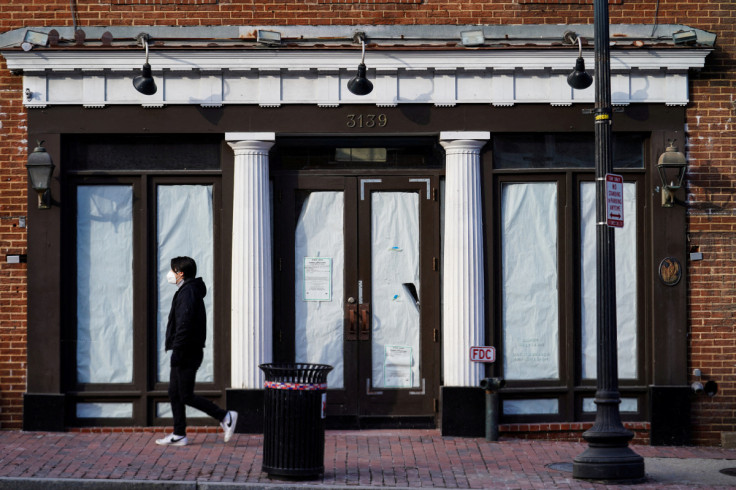U.S. Job Market Little Affected By Pandemic, Says Researchers

For all the tumult and disruptions of the coronavirus pandemic, U.S. labor markets have come out on the other side not far from the strong conditions that prevailed before the crisis, a paper presented at a Boston Fed research conference said.
Almost all of the hit the U.S. labor market took in 2020, when COVID-19 struck, was tied to temporary layoffs which were swiftly rescinded, said the paper presented on Saturday.
Adjusted for these temporary shifts, "the labor market remained surprisingly tight throughout the crisis, despite the dramatic job losses" and by the spring of this year had recovered and returned to extremely tight conditions.
"I think if we were going to see large scale changes, we would have seen them by this point," said Lisa Kahn, an economics professor at the University of Rochester, who was one of the co-authors.
The U.S. unemployment rate rode a virtual rollercoaster in 2020. From a 3.5% reading in February of that year, it spiked to 14.7% in April of that year, before undergoing a much faster than expected recovery that has resulted in very low rates of unemployment -- it stood at 3.7% last month -- and very robust levels of job creation.
Fears the pandemic would cause deep and lasting damage to the economy generated a historically aggressive campaign of stimulus by the government and the Federal Reserve, as elected officials and central bankers were mindful that the weaker policy response to the Great Recession over a decade ago led to a slow recovery for the economy.
That policy response is now seen as a key driver in the massive surge of inflation following the most acute phase of the pandemic. Faced with the highest levels of inflation in forty years, the Fed is aggressively raising its short-term rate target to help lower price pressures. As part of that effort Fed officials recognize their actions could push the economy into recession and will very likely drive up the unemployment rate.
"By raising rates, we are aiming to slow the economy and bring labor demand into better balance with supply. The intent is not a significant downturn," Boston Fed leader Susan Collins said on Friday in remarks that opened the conference at her bank. Collins was optimistic there is a pathway to price stability that entails only a modest unemployment rate increase.
Lawrence Summers, a Harvard University professor and one time contender to lead the central bank, renewed his criticism of the Fed while discussing the paper on Saturday and said the idea the labor market was only temporarily upended by the pandemic is correct.
He reiterated that the Fed and the broader government erred in providing massive levels of stimulus and that is why inflation is so high now.
Given what the government did, "it is hard to imagine how that could have led to anything other than a substantially inflationary situation," Summers said.
© Copyright Thomson Reuters 2024. All rights reserved.




















